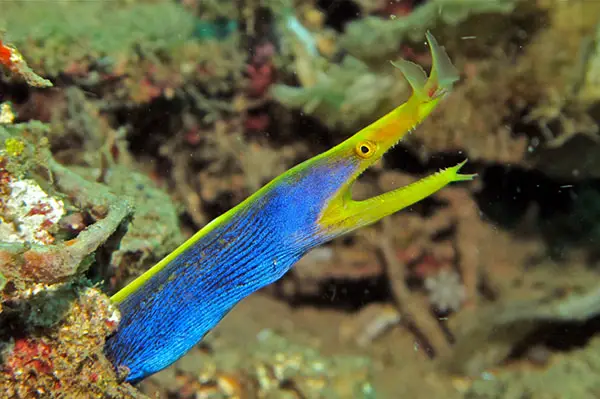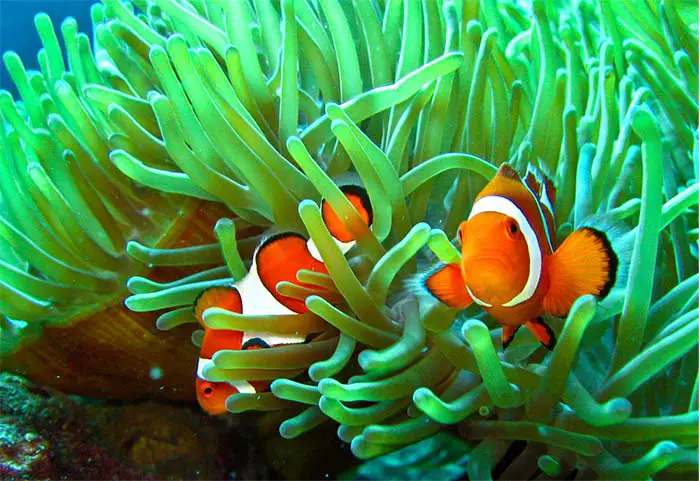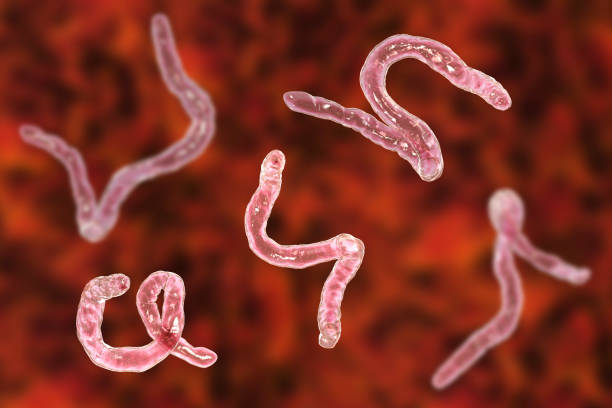| Kingdom: | Animalia |
| Phylum | Chordata |
| Class: | Actinopterygii |
| Order: | Anguilliformes |
| Suborder: | Muraenoidei |
| Family: | Muraenidae |
| Genera: | 16 Genera |
| Species: | 200 Species |
| Rafinesque, 1810 |
The Moray eel is mainly a large eel species, which can exclusively found in tropical and temperate marine waters. Some several other species live in brackish water, and a few species can identify in freshwater. However, moray eel has a snake appearance like other eel species, but that doesn’t make them a reptile; actually, they are fishes.
Habitat of Moray eel
Research and studies show that there are about 200 species of Moray Eels living in the sea.These fish usually found in shallow and deep waters in the tropical and subtropical regions. Sometimes, Moray eels can identify in colder waters. They would rather stay in an irregular, a typically small break in a surface created by pressure rather than risking the shore. Significant populations of Moray eels found around tropical coral reefs ecosystems where there are many different marine species exist in large numbers.

Morphology of the Moray eel
Regardless of their unequal size and color, almost all Moray eel’s appearance is similar with it’s elongated and moderately flattened body towards the tail. Dorsal fin starting from just behind the head extending along the back and connect with caudal and anal fin covering the rear. Most of the species are lack pelvic and pectoral fins giving them a serpent body shape.
These fish also have large jaws and mouths which enclose large teeth. Moray eels are usually between 10 cm to 10 feet in length, yet there is no consensus concerning this. The longest moray eel ever recorded was the slender giant moray, which was 13 feet long. However, the slender giant moray is smaller at 8 feet; it is the largest because it weighs 30 kilograms.
Typical Moray eels have two jaws. Moray eels have a standard jaw with big teeth known as the oral jaw. As well as, the second jaw is called Pharyngeal jaw, which sits on the throat. When a Moray eel encountered the prey, firstly bites the prey using oral jaw, then the Pharyngeal jaw lunges quickly ahead to seize the victim and pull it into the predator’s gullet. Since the pharyngeal teeth are sharply pointed backward, victim has no second chance to escape from it’s predator’s mouth. In some several species, tooth can be identified on the top of their mouth which help them pull their prey inside
They have smooth, scaleless and much thicker skin with a high amount of goblet cells in the epidermis. High densities of goblet cells secrete mucus with a higher rate than other eel species. This mucus acts as a protective layer on their skin. Because it is toxic for some marine species. This mucus gives a greenish appearance for the moray’s body.

Diet pattern
Like other large fishes, the moray eel is a carnivorous predatory animal prevailing on a diet that includes only meat. The primary source of food for a moray eel includes fish, mollusks including squid, cuttlefish, and crustaceans like crabs. They perform corporative hunting, collaboration with reef-associated fish known as Roving coral groupers. Groupers invite moray eels to help them for hunting. Invitation initiated giving signal by shaking heads, and Moray eels accept it. Then both species swim together for a hunt. However, if the Moray eel tries to escape from the corporation, Groupers tend to attack Morays or even sometimes convert into their prey. This feeding style allows moray to flush away prey from their habitat, not accessible to roving coral groupers.
Although being a predatory species, Moray eels have a poor vision with relatively small eyes.They depend on a physiological response to chemical stimuli, which is known as Chemoreception. This is a highly developed sense of smell detecting system. They also have large nostrils that assist in sensing what is around them. This system tends to help catch their food.

Behavior
Moray eels are mostly seen with their mouths open, just as if they want to bite someone, but that is how they breathe. They breathe by passing water through their mouths to their gills. Their gills are small and circular, located at the flanks far end to the mouth. Therefore they need to maintain a gap to keep proper oxygen ventilation for breath. However, this doesn’t mean that they are not committed to biting. Moray eels can lunge and attack very quickly if they feel threatened. However, they are not much aggressive as many other large fish deals with their neighbors.
Moray eels are usually not social in the daytime, probably because they spend most of their time hiding in crevices, holes, amid rocks and coral reefs on the ocean floor. While they spend most of their time hidden, it doesn’t prevent moray eels from staying away from predators and also waylaying any prey that passes. Most species are nocturnal hunters, and they love to socialize after the sunset.

Reproduction
Moray eels mate when the water is hot, generally at the end of summer. Moray eel fertilization is oviparous, which means that eggs and sperm fertilize outside the womb, in the warm water surrounding it, which is called Spawning. Unbelievably, over 10,000 eggs released at a time, which develops into larvae and becomes part of the plankton. It takes up to a year before the moray eel larvae can become grown big enough to swim down to the ocean floor.
Moray eels and human
The Snowflake moray eels, Zebra moray eels, and golden-tailed morays are the three most popular species for ornamental fish. Most aquarium keepers love to keep this fish in their aquarium. Because they have a flexible diet and resistant to most diseases under captive conditions. Moray eel happens to be among the number one predators within its surroundings but can be hunted by other larger animals, including grouper, barracks, sharks, and humans too. However, Giant moray and yellow-edged moray are considered as toxic reef fish species. Because they have a high level of ciguatoxins accumulated in their liver, so these morays are not suitable for human consumption.







